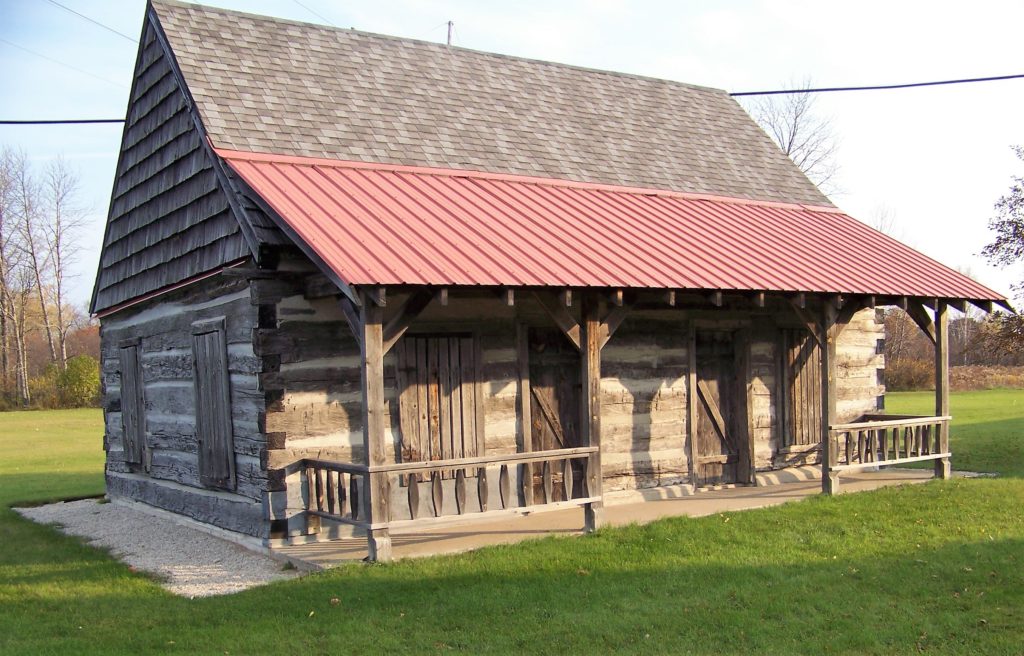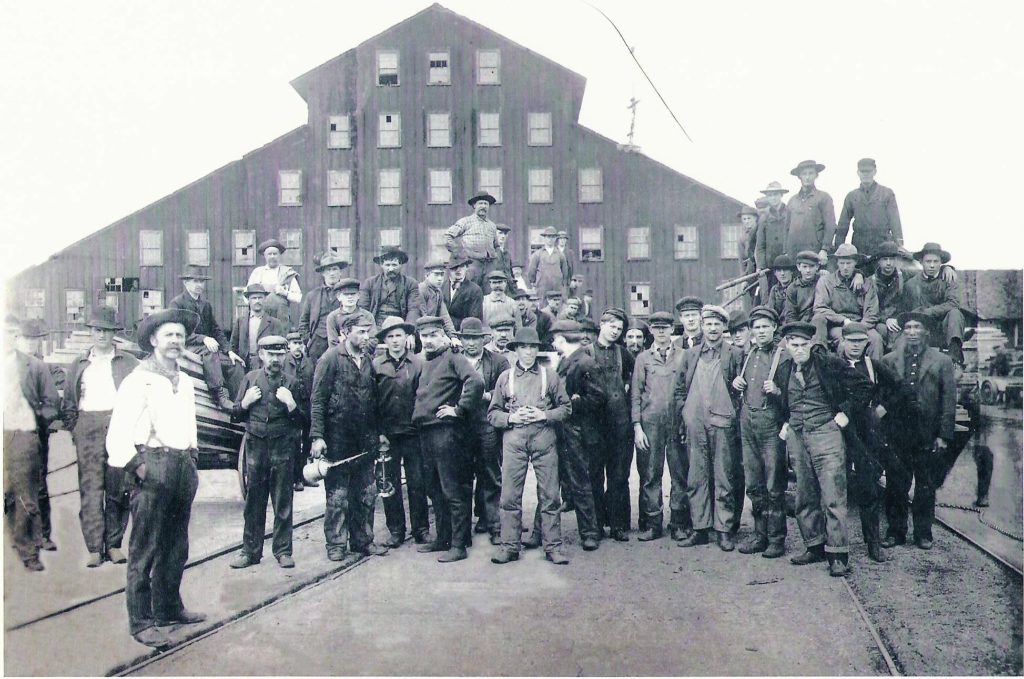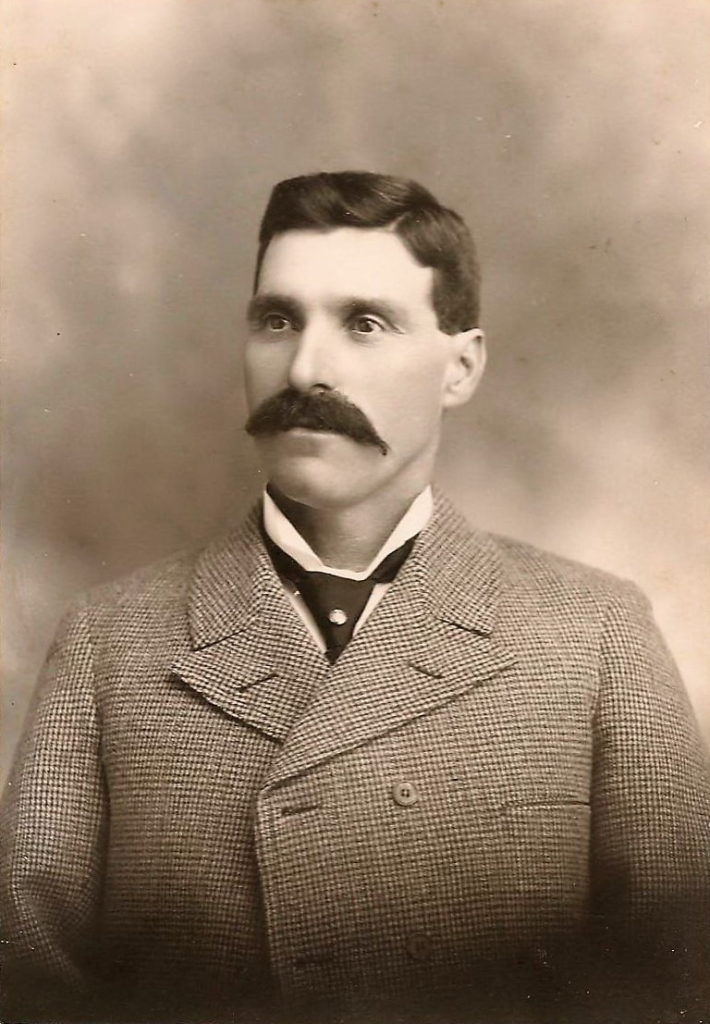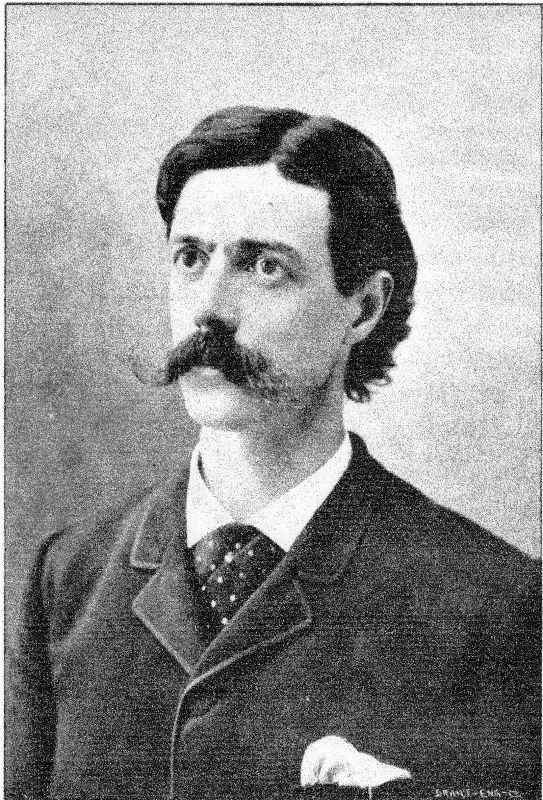
The Alva Kepler Log Cabin, Photo courtesy Lee Ekblad
The Alva Kepler log cabin in Manistique’s Pioneer Park dates back to the 1880’s and was once part of the Byers’ settlement in Hiawatha Township, 12 miles north of Manistique. The cabin became a source of controversy in the mid-1890’s, when Abe Byers and Walter Thomas Mills formed a cooperative community known as the “Hiawatha Village Association.” People who joined the colony promised to move into association housing as soon as it became ready. When Civil War veterans John and Alva Kepler refused to do so, the firestorm it ignited lead to the demise of the Utopian experiment in Schoolcraft County.



